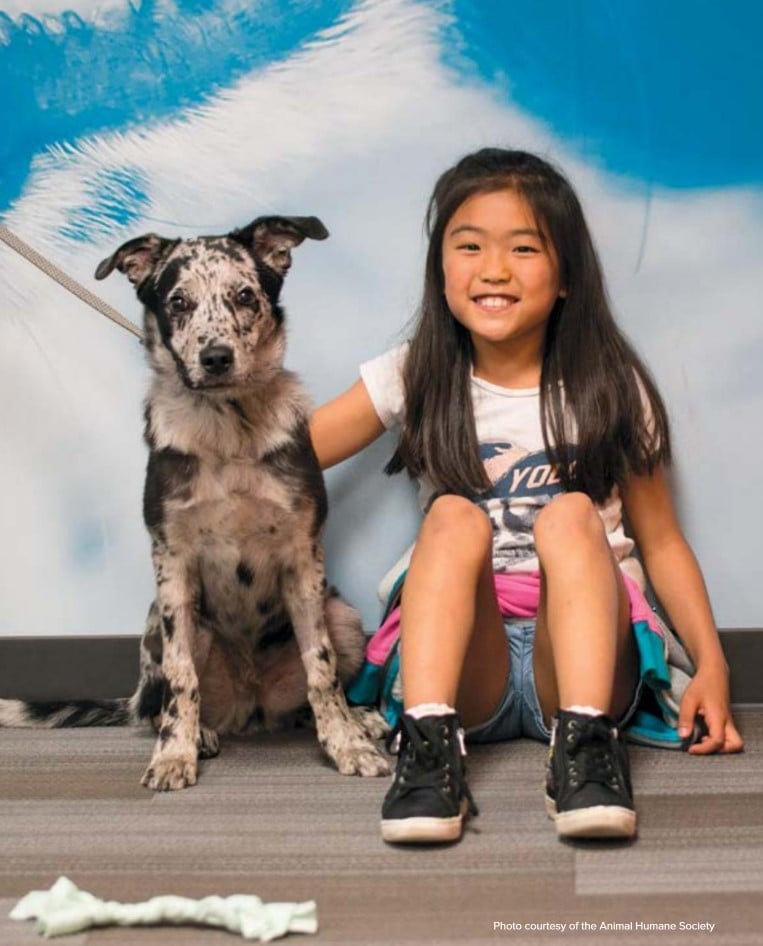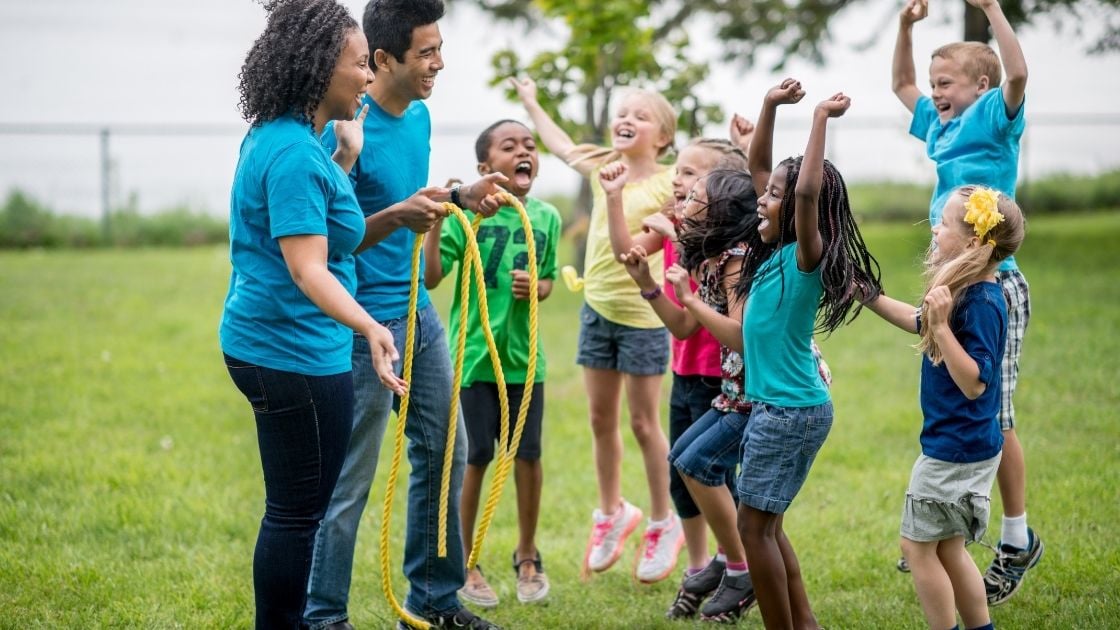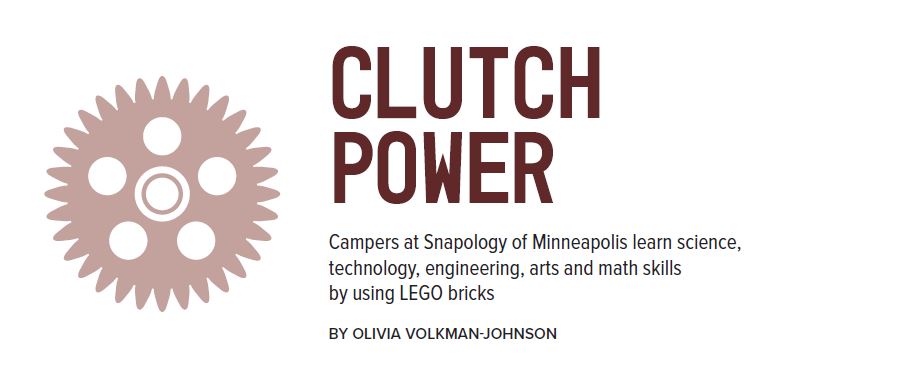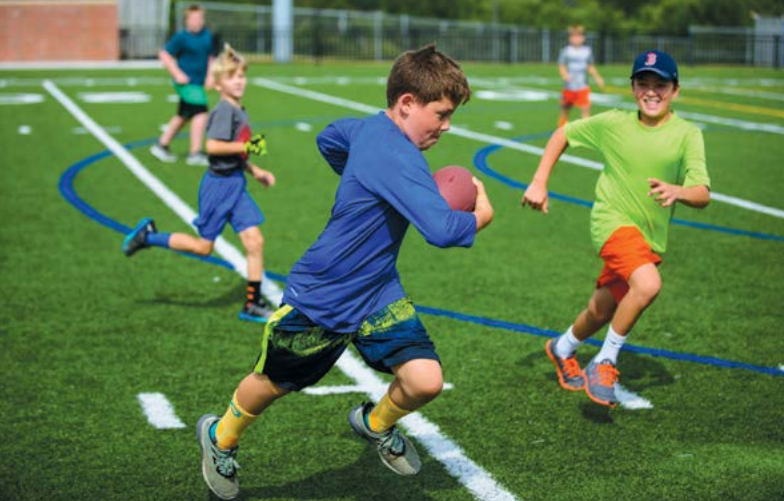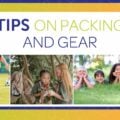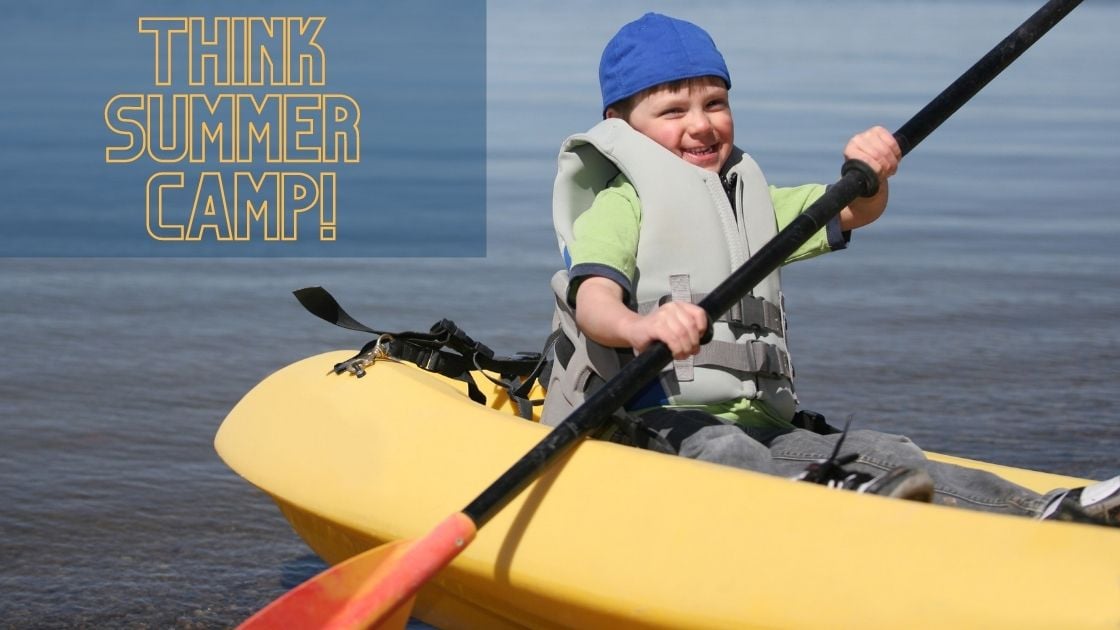The Animal Humane Society has opened its doors to animals in need since 2007, when three Minnesota shelters merged to create the nonprofit, independent organization.
The Animal Humane Society has locations in — Coon Rapids, Golden Valley, St. Paul, and Woodbury.
Every summer, the Animal Humane Society also opens its doors to campers in grades 3 to 10.
They get to learn about animals and their behaviors, check out a typical day in the life of a veterinarian and even see, firsthand, how animal shelters work.
The in and outs of adoption
Campers start by taking a look at the beginning of the adoption process.
“What the kids are able to do is really see what goes on behind the scenes and understand what it’s like for an animal — from the moment they get into our shelter until the moment they leave,” said Amanda Hatling, the society’s community outreach and humane education manager.
Veterinary technicians first look to see if animals are micro-chipped so they can be returned to their owners, if necessary. Then they perform preliminary examinations to see if the animals need vaccinations or have any medical conditions. Finally, they take photos of the animal for the adoption website and find them comfortable quarters for their stay.
Animals — mostly cats and dogs — come and go from the society’s shelter surprisingly quickly thanks to the option of no-hassle same-day adoption, said Humane Education Supervisor Holly Wetzel.
The average shelter stay is just 12 days for cats and 8 to 9 days for dogs.
Sam, a 13-year-old who attended the day camp at the Woodbury location in 2017, was surprised by how quickly animals were adopted.
“It’s really cool to watch how fast they go,” Sam said. “Like when there are kittens in, they are gone by the end of the day.”
Veterinary life
During camp, kids learn about the tasks that veterinarians and veterinary technicians carry out in order to keep animals in the society’s shelters happy and healthy.
Campers do question-and-answer sessions with veterinarians and then work with animal care staff.
“They get to really see what it looks like to take care of that many animals all at once,” Hatling said.
During the shadowing portion of the camp, campers observe surgeries and exams while veterinary technicians walk them through the different procedures.
“They look under microscopes; they get their stethoscopes and listen to heartbeats and learn about heartbeat rhythms,” Wetzel said. “We do surgery every day, so they can come in here and watch while the vet techs narrate all the prep.”
Campers also get the opportunity to assist the animal care staff at society shelters with service-oriented projects such as filling KONG toys with dog food, making tie blankets for the cat sanctuaries or unfolding newspaper for the kennels.
The Animal Humane Society also offers Shelter Vet camps throughout the year for fifth- and sixth-graders who want hands-on veterinarian experience with the animals.
“The crafts and projects that they work on are specifically related to vet care,” Hatling said. “They use oranges to practice administering vaccines.”
They also practice doing their own exams with stuffed dogs. Then vet techs bring in animals so the kids can — with close supervision — perform medical exams on actual animals.
Sam, who’s been to the camp three times already, said she’s interested in working or volunteering at the shelter — but definitely in a way that doesn’t involve surgeries.
“My dream was always to be a vet,” Sam said. “But when I figured out what things look like when you are a vet, I decided that’s probably not the place I want to go.”
Decoding behavior
Counselors also dedicate time to teach campers about the Animal Humane Society as well as facts about different animals. They use games, arts and crafts projects and other activities to keep things engaging and interesting, including walks around the shelter and outside time.
During animal time, which occurs three times a day, veterinary technicians bring animals into the classroom for campers to observe and interpret animal movements.
“We’ll talk about what an owner should consider when they’re adopting a specific animal,” Wetzel said. “We spend a ton of time talking about body language — and just watching animals to see what they do.”
Twelve-year-old Kaelyn, who has three dogs at home, said animal time was a great way to learn how dogs express their moods.
“If they tongue flick, they’re scared,” she said. “Like the dog we just saw, he was tongue-flicking and his tail was down and tucked between his back legs. They’ll back away if they’re scared. If they’re starting to wag their tail, they’re warming up to you.”
Campers also learn about breed biases in dogs and the benefits — and disadvantages of — euthanasia.
“The kids a lot of times ask questions that provoke really good dialogue,” Hatling said.
Sam said she enjoyed learning about both the good and bad.
“There are some really sad things you learn, but it’s still super cool to know about it,” she said. “You can have a lot of fun if you truly love animals.”
Summer reading buddies
Campers also get time to read quietly to animals for 30-minute intervals to help socialize the animals, especially the most fearful animals. They can even bring in their own summer reading books.
“It’s amazing to see an animal that’s shy in the back [of its cage] that has moved to the [front] of the cage by the end of 20–30 minutes,” Wetzel said.
“Reading to them was probably one of my favorite parts, especially the shy ones, the ones that hide under their bed,” Kaelyn said. “It helps them trust.”
Camp counselor Terry Arthur said activities like reading to the animals instills an important value in campers: “It’s a compassion for animals, but not only animals, it’s a compassion for each other,” Arthur said. “What can we do as a community to help support the animals that are in need, that are homeless, that come to our shelters? And how can we support our community that has pets?”
Helping others
At the end of the week, the society invites the campers’ parents to the shelter for a presentation on what campers learned during their week at camp.
Pam Rickers, Sam’s mother and a school social worker in Woodbury and Cottage Grove, said the opportunity to learn about and help the animals in the shelter is mutually beneficial for the campers and animals.
“I think animals just bring out the best in people,” she said. “They feel like they’ve accomplished something and assisted in making that animal feel better — and there’s no words for your kids feeling that about themselves.”
Hatling said she hopes campers leave with an understanding of animal welfare.
“Having that compassion, respect and empathy for animals I think will expand into so many different aspects of their life,” Hatling said. “It’s just a really beautiful thing to see the kids come from Day 1 to Day 5 and see them grow in that way.”
Olivia Volkman-Johnson is a local freelance writer and a graduate of Winona State University.





